
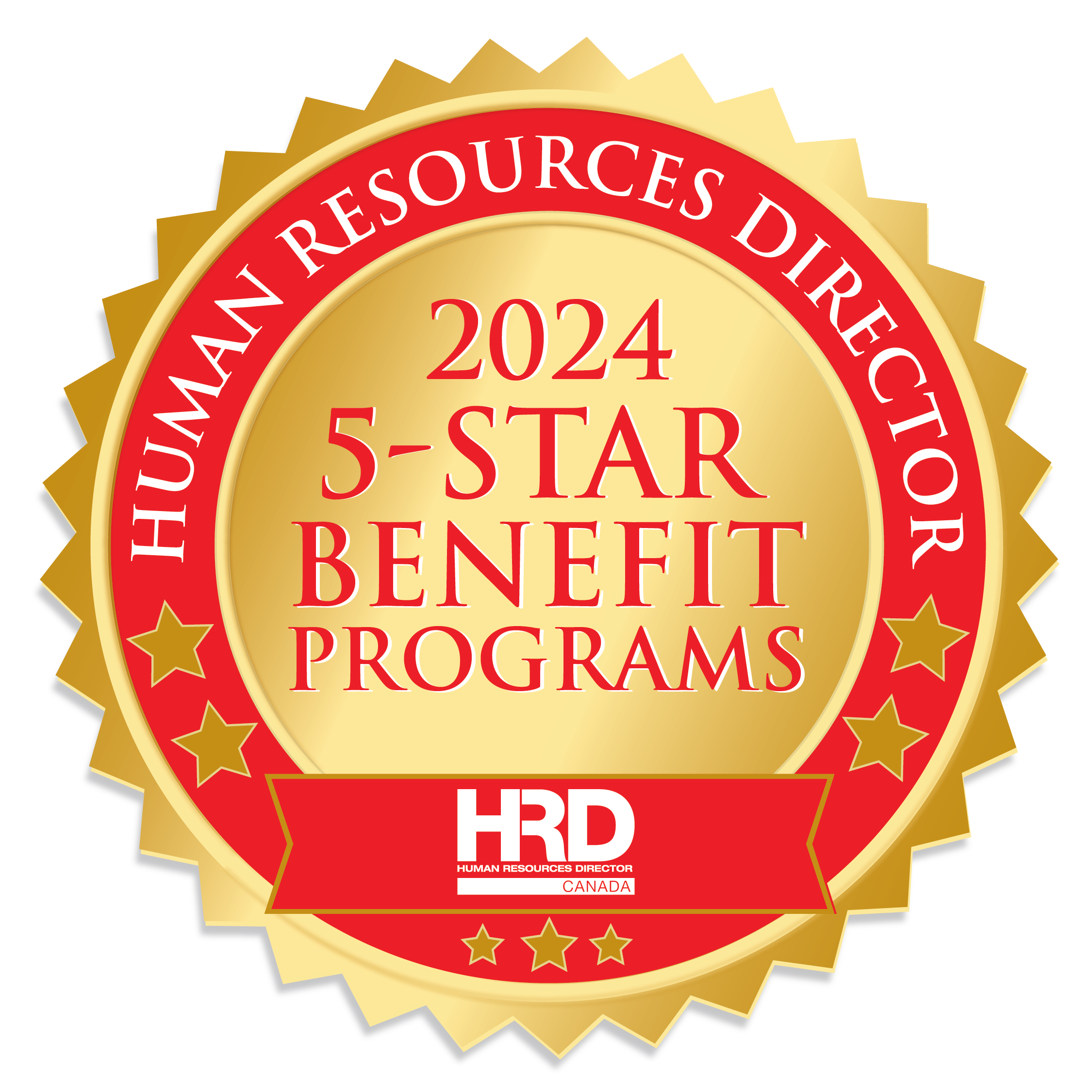
Jump to winners | Jump to methodology
HRD Canada’s 5-Star Benefit Programs winners showcase the best benefit plans for employees in 2024.
Emphasizing how important the issue is for employees, data gathered by recruiter Randstad shows that benefits are part of the number one criterion that Canadians look for in an ideal employer.
This comes above other reasons such as career progression, remote working, and strong management.
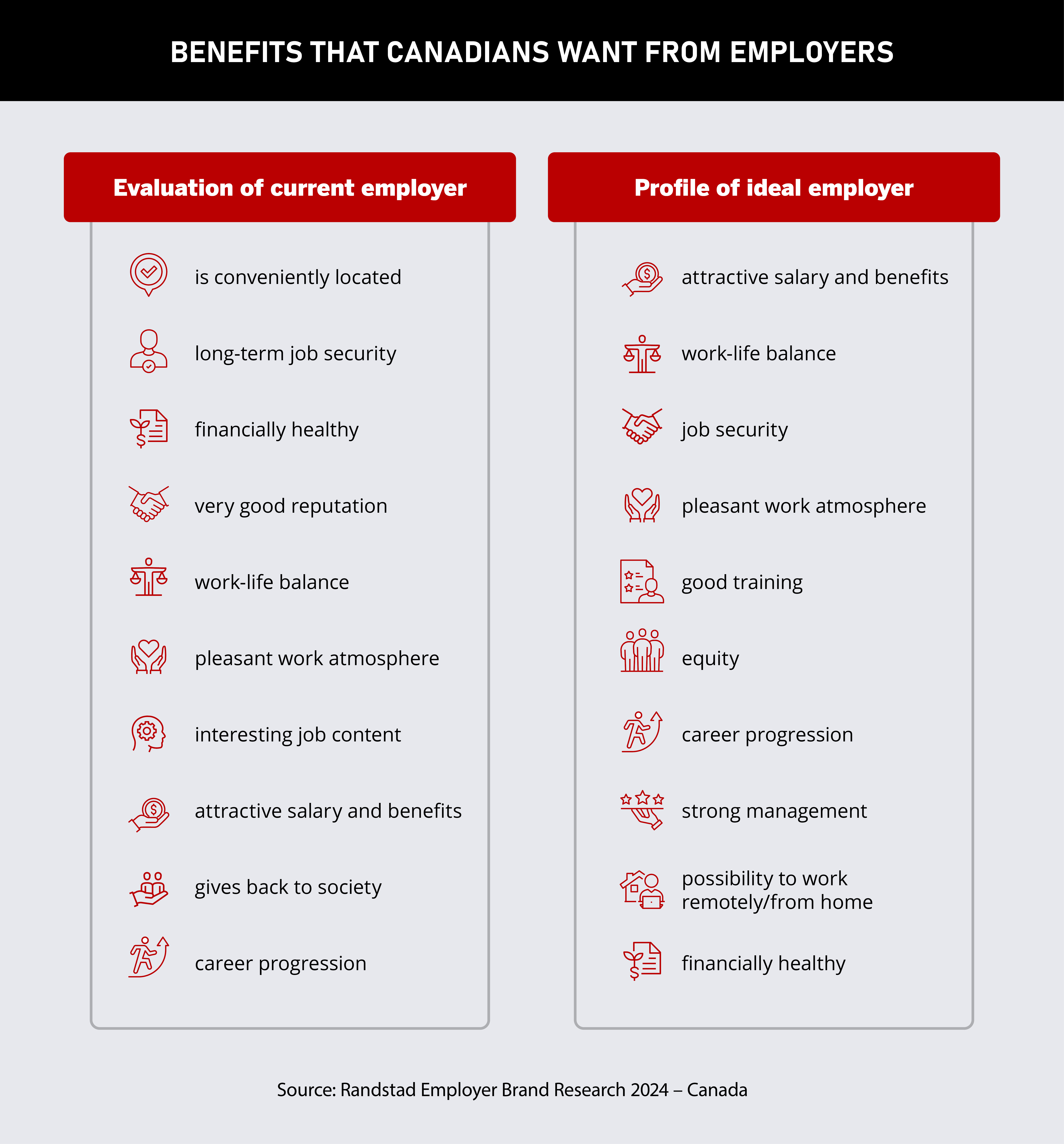
“We’ve seen a lot of changes in benefits over the last few years, the evolution of virtual and digital offerings, an increased focus on employee well-being, and looking at benefits through a DE&I lens, as well as increasing flexibility and choice,” explains Annie-Marie Nawar, Canadian health and benefits insights and solutions leader at WTW. “When employers establish their benefit strategy, they need to measure if it is meeting their objectives and adjust. It’s a continuous process.”
The need for employers to stand out in terms of their benefit programs is key due to the fight for the best talent. The Bank of Canada’s Business Outlook Survey (BOS) shows that in the second quarter of 2024, 38 percent of employers expect their future employment levels to rise, with only 12 percent anticipating a drop.
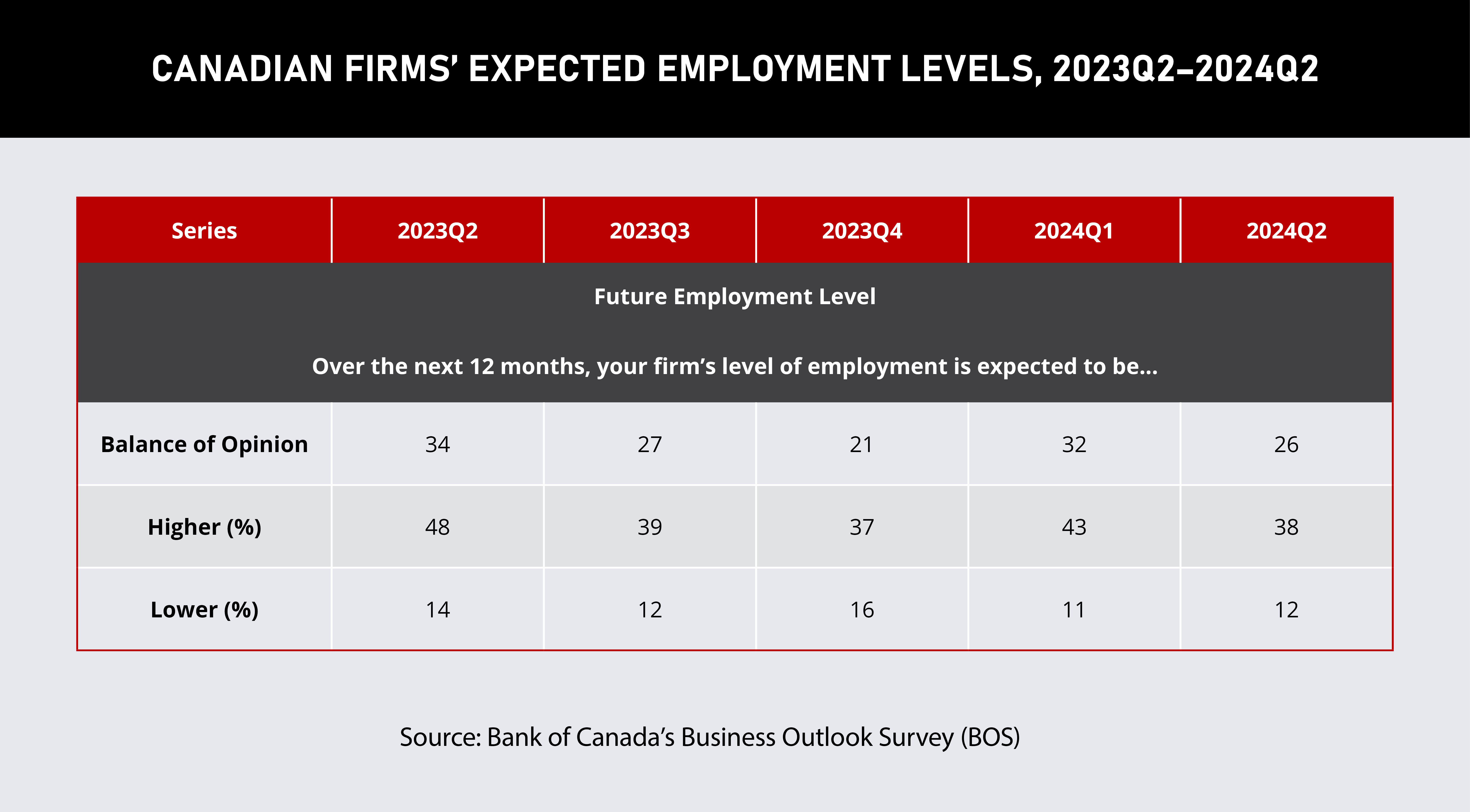
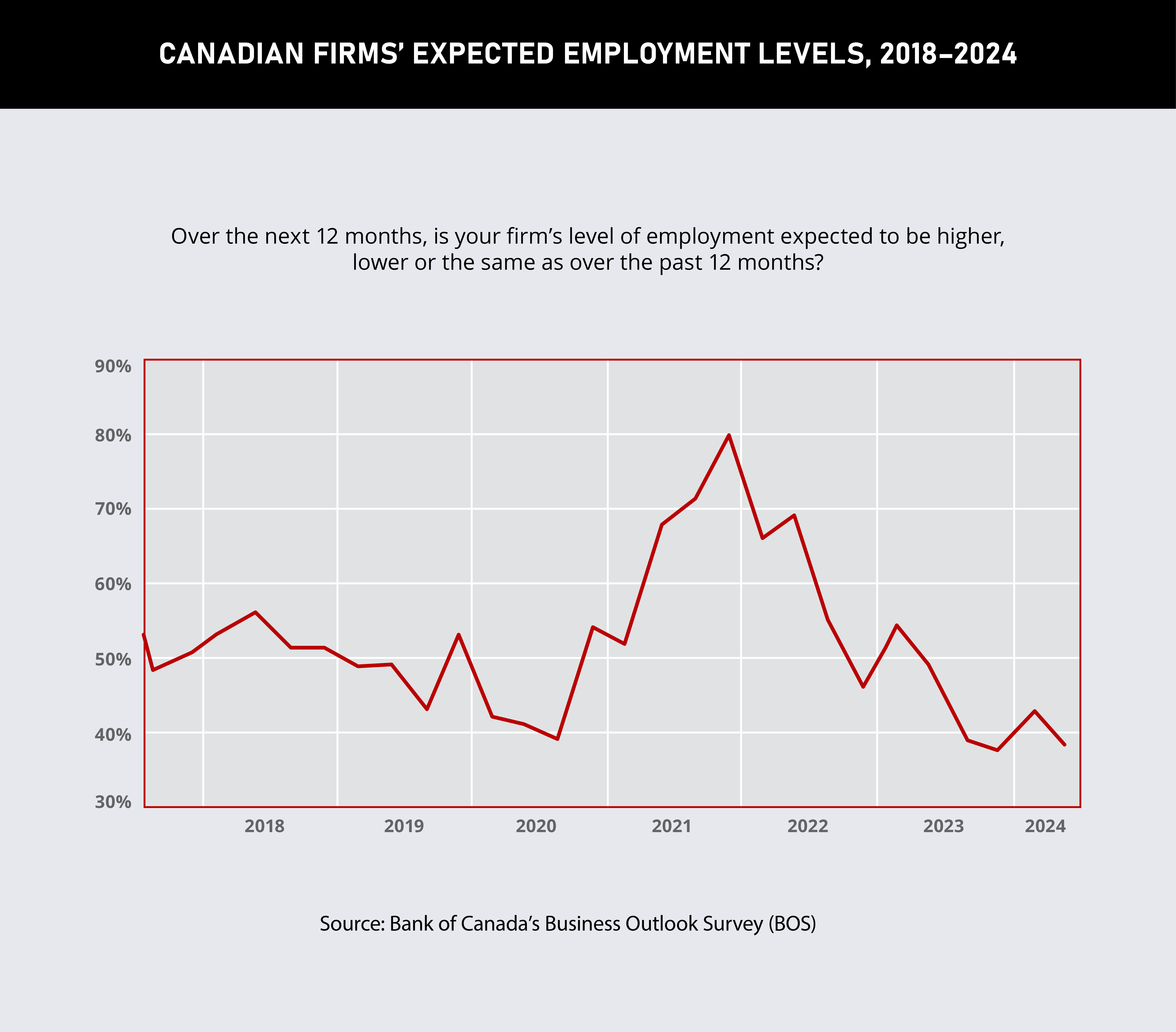
And while the labour shortage is not as big an issue as it was in 2022 and 2023, 15 percent of Canadian employers still report it as restricting their ability to meet demand.
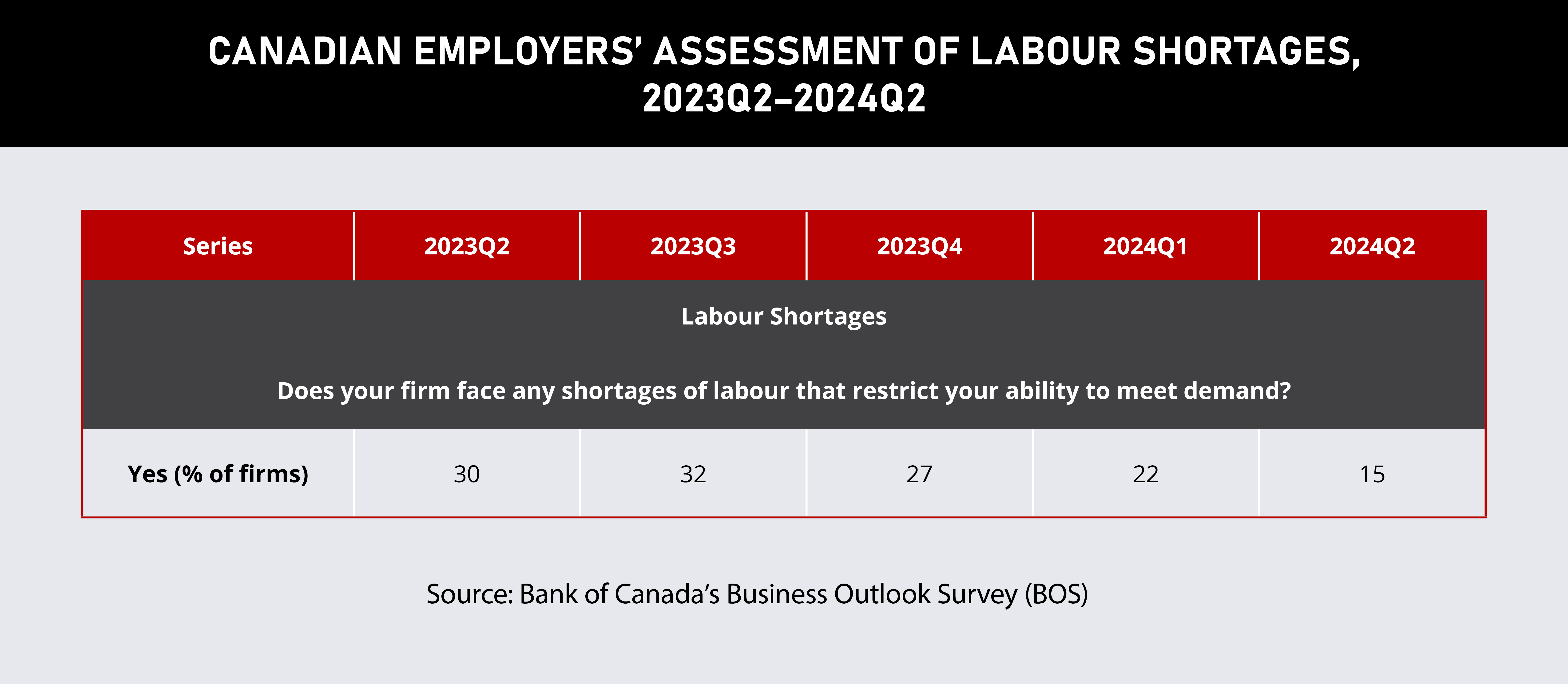
To identify the best benefit plans for employees, HRD carefully evaluated over 30 in-depth employer submissions before launching a second-phase employee survey to assess the nominees’ offerings.
All the winning companies met the survey participation threshold and achieved an 80 percent or higher employee satisfaction rating.
Nawar says, “Market trends are one factor you look at in the benefits strategy in terms of focus areas. It’s important to look at benchmarking in terms of what benefits are offered and what competitors are doing so that what you do is aligned with all that.”
HRD’s eight winning firms for 2024 exhibit the hallmarks of a top-performing benefits plan, which Nawar highlighted as:
a framework that includes portfolio, administration, employee experience, and analytics to create the most effective programs
focusing on meeting employee needs, supporting well-being, and balancing costs
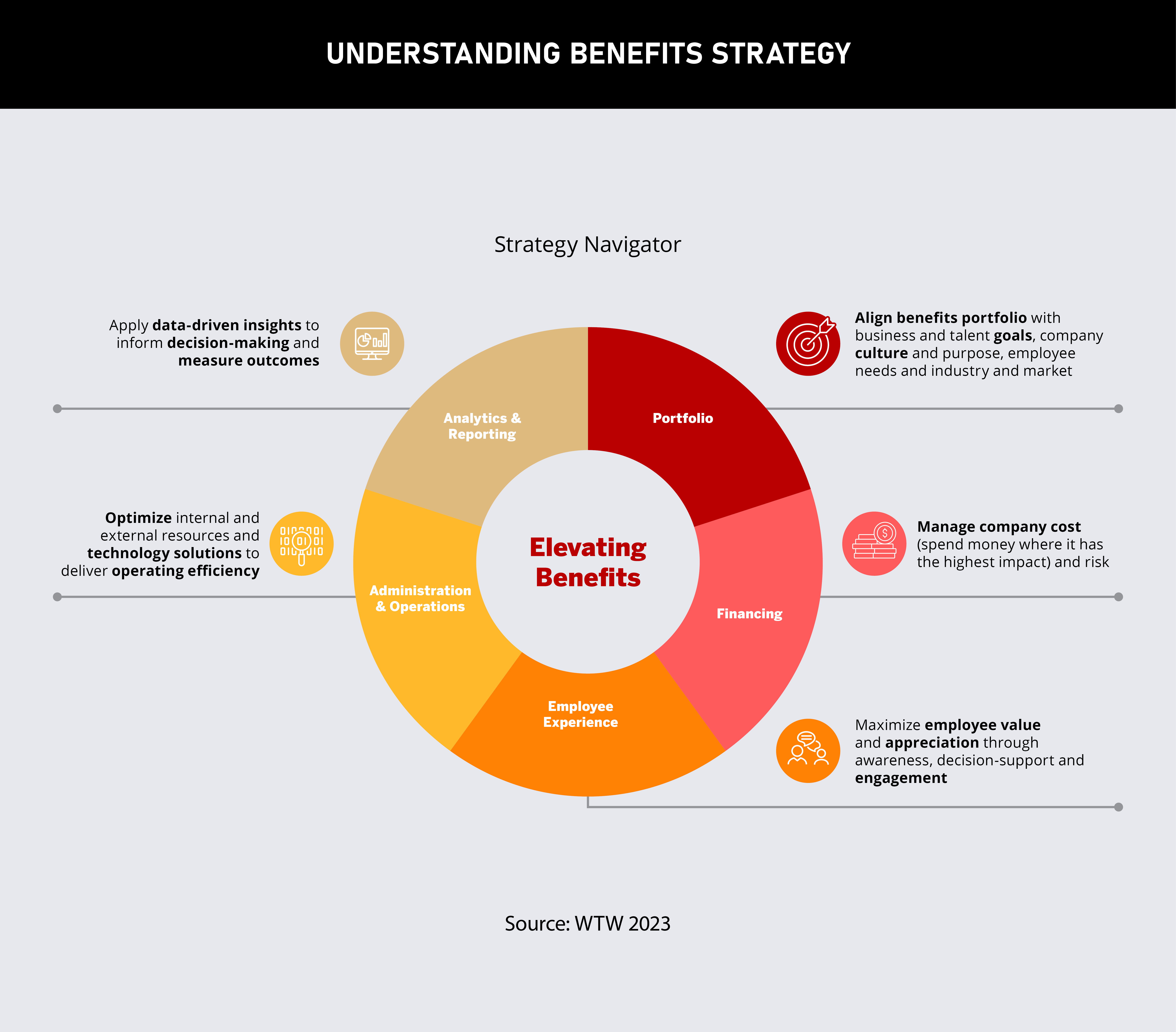
The Canadian portion of WTW’s global report included 128 employers and 0.9 million employees, showing that 35 percent of respondents believe market trends are essential for a strong benefit strategy. The study also revealed the key issues influencing benefits strategy.
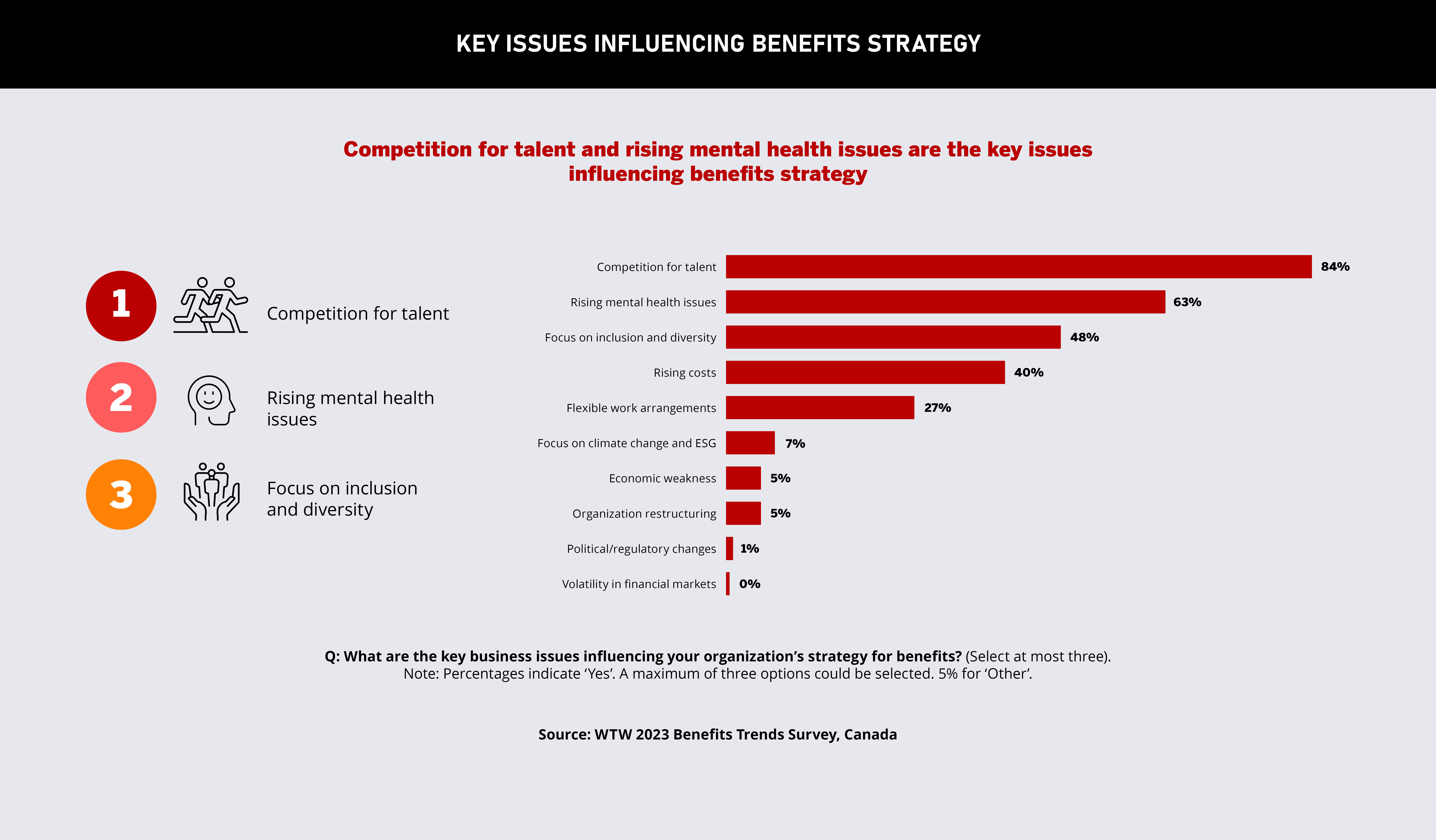
However, devising an award-winning benefit plan for employees is somewhat of a moving target, requiring employers to focus on well-being as the industry continues to evolve.
“Benefits have changed a lot over the last few years, and the pandemic accelerated a lot of those changes in terms of virtual and digital care and offerings,” notes Nawar. “You need to be looking at benefits through a DE&I lens, making sure you’re meeting the needs of the employees, as well as offering flexibility and choice.”
The global chemical company has prioritized a strategic shift toward offering more customizable, flexible, and contemporary benefits to meet the diverse needs of its employees.
The established market leader that supplies innovative products and solutions across various sectors has focused on making their benefit plans for employees agile by updating traditional benefits and adding perks that support employee well-being in broader ways.
Examples of their benefit customization include:
wellness and fitness reimbursement for items such as gym equipment, breast pumps, audio books, and personal training
employee discount and perks program
launching a new EAP telemedicine provider
enhancements to group savings programs such as RRSPs and TFSAs
BASF Canada’s passionate and collaborative workforce fuels its culture, which is described as “second to none” and based on mutual respect.
“We’re at the stage where our three-year strategy will be reviewed again and, holistically, we’ve been on a journey where we’ve incorporated more well-being items,” says Peter Halder, head of people.
“We communicate with transparency, authenticity, and integrity, and this takes us a step ahead as an employer,” adds Halder.
Underscoring BASF Canada’s benefits plan leadership, Nawar believes there are opportunities for employers to improve communication, increase awareness, and integrate technology, such as digital platforms and AI, to help employees easily access and understand their benefits, ultimately better meeting their needs.
“Employers are using benefits as a differentiator. We see that employers rank themselves as least effective in terms of employee experience and analytics,” she adds.
BASF Canada’s benefit plans for employees are methodically driven and consider where their workforce lives, not where they come to work. That approach enables benefits to be delivered at a community level, such as discounts on gym memberships or another recreation facility.
“This makes it easy for employees to appreciate and enjoy,” Halder says. “We use a lot of data to understand our colleagues, so we make informed decisions about our strategy and position our programs to benefit them not just at work but outside of work.”
Understanding its multi-generational workforce and their respective needs is an influential starting point for how the company develops its benefit plans.
Designing relevant and meaningful programs relies heavily on employee feedback, and the company regularly considers insights gained through polls and pulse surveys. Employees are encouraged to provide recommendations through open feedback channels, which help shape the company’s offerings.
The company also emphasizes catering to its diverse workforce, which has been a critical part of its strategy.
“Somebody closer to the end of their career may be thinking whether their pension funds are adequate, so we’ll focus on that financial aspect and put together customized programs for retirement readiness,” says Halder. “Then, looking back at our employee data tells us what a new family with young kids might need, or somebody going through a tough time or bereavement.”
He adds, “Hearing from employees helps us identify what we have, versus what we want to offer. We start internally from the employee and benchmark externally.”
This thinking is showcased in Randstad’s Employer Brand Research 2024 – Canada report, which reveals that “37 percent of Canadian workers identify themselves as part of a minority group, whether it be due to their gender, sexual orientation, ethnicity/nationality, religion, disability or another defining characteristic. Notably, the younger generations (Gen Z and millennials) and males tend to do so more often than any other demographic. With this said, 42 percent of minority workers do report facing obstacles in their career progression due to their identity, contrasting with 31 percent of non-minority workers.”
This proves that by drilling down on its data dashboard, BASF Canada can better execute its benefits programs and become better custodians of its budget. This philosophy highlights the company as a contemporary organization seeking ways to improve employees’ well-being.
An example illustrates how it connects service providers and vendors to an employee’s benefit in the financial well-being space:
Its pension sponsor offers free one-on-one sessions with a licensed financial advisor and the company bears the cost. Employees can avail themselves of the service at their convenience, in-person, by telephone, or online.
Nawar validates this approach, noting more employers are using employee listening strategies.
“It’s important to be able to understand the employee’s values and preferences, especially with the diverse workforce that we have now,” she explains. “Sometimes, we see a misalignment between the priorities of the employer and the priorities of the employees, so that’s why an employee listening strategy is important.”
When BASF Canada learned a few years ago that some of its benefit programs weren’t as competitive as they could be, its leaders did an assessment and advised management to conduct a review.
“What came about was the ability to customize programs since many are standardized,” Halder says. “So, that’s where we introduced a flex model; we decided to separate the benefits instead of bundling them together.”
Employees can choose from more benefits categories and decide how much they want, impacting their monthly premiums. Benefits, such as dental and vision care, can be added or dropped as the employee determines.
WTW’s Nawar highlights the ongoing evolution in employee benefits, with recent trends emphasizing virtual and digital offerings, employee well-being, DEI, and increased flexibility and choice. She asserts that establishing and refining benefit strategies is also an ongoing process.
“When employers establish their benefits strategy, they implement it; they also need to measure if it’s meeting their objectives and adjust accordingly,” she adds.


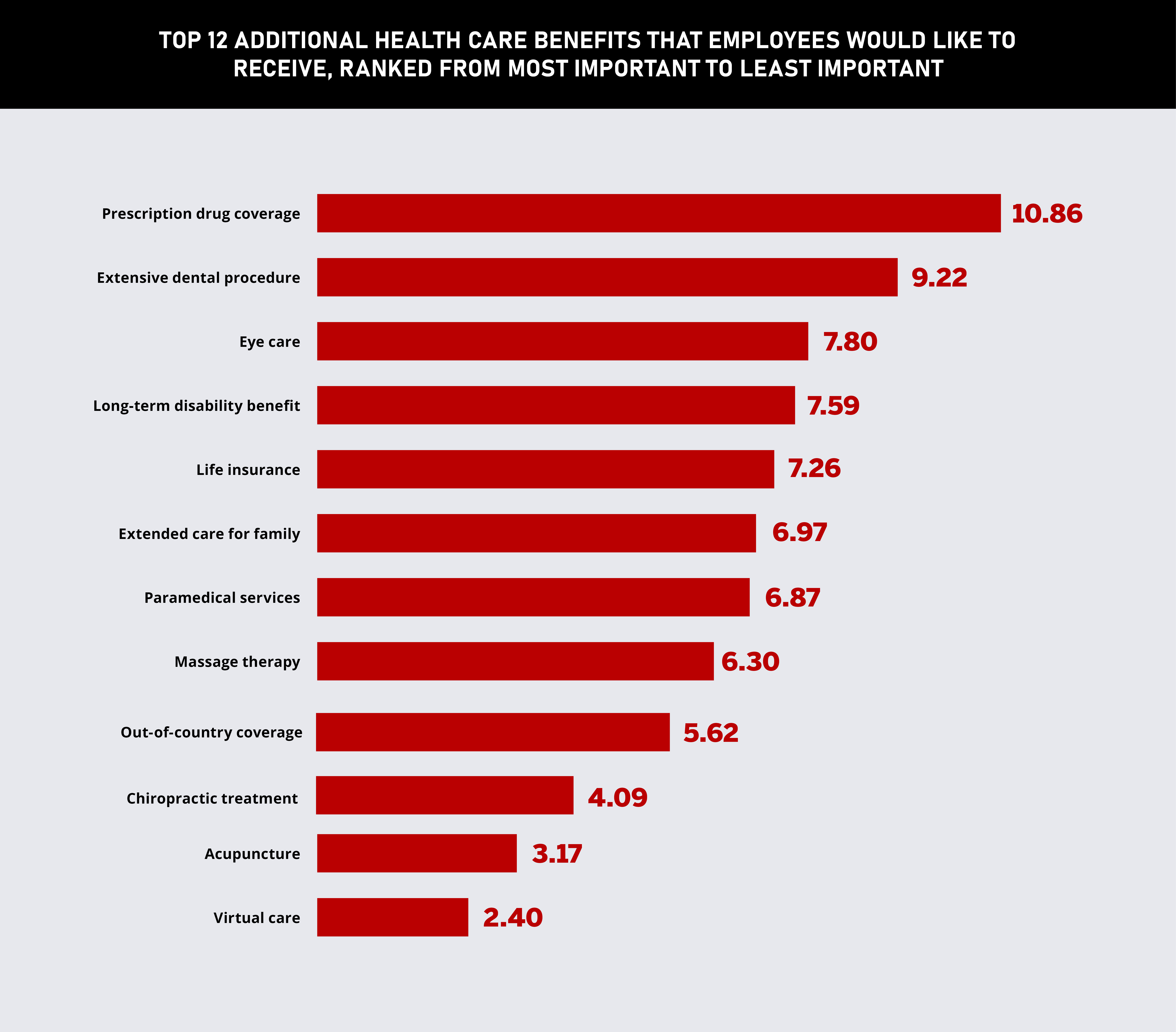
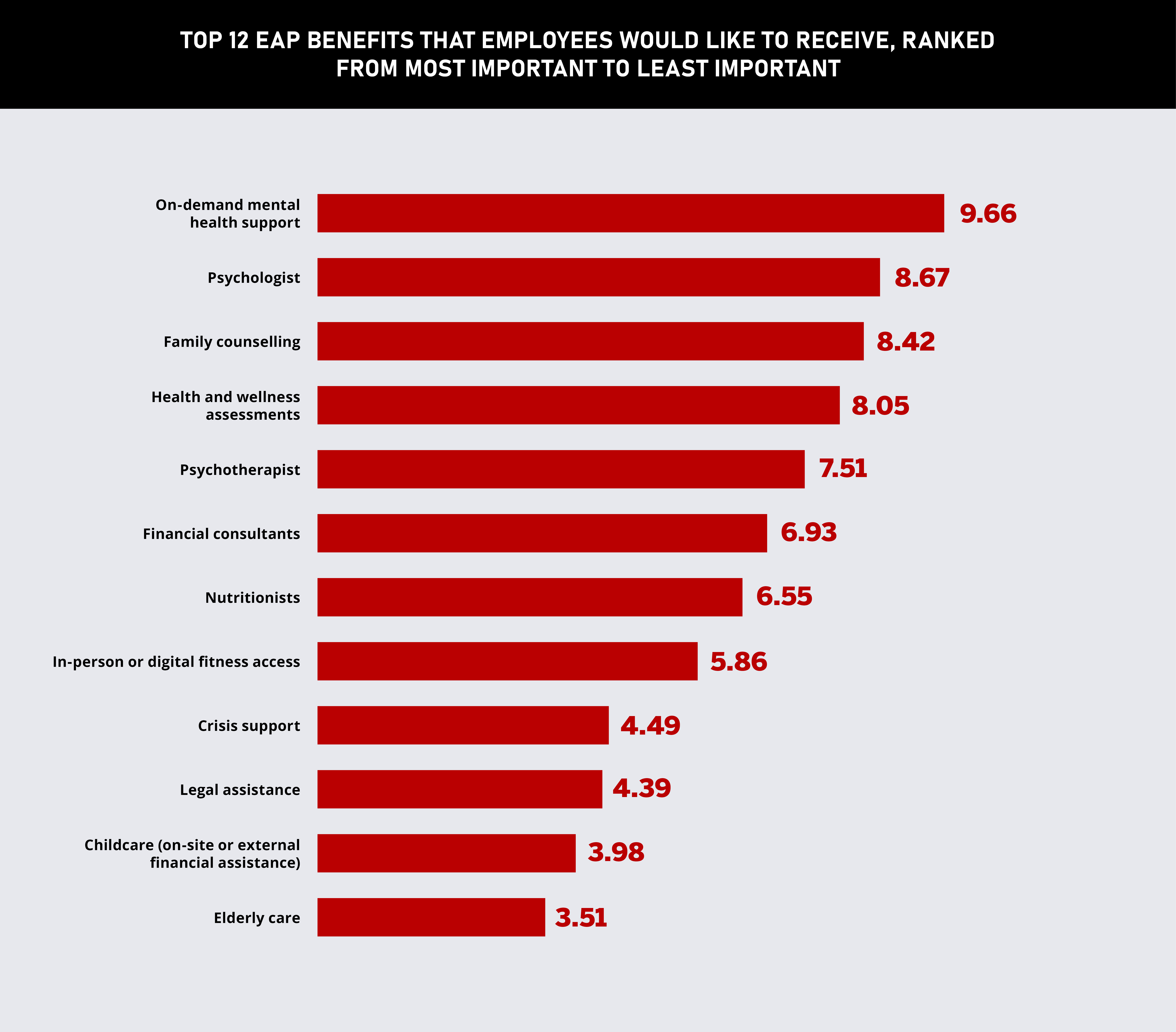
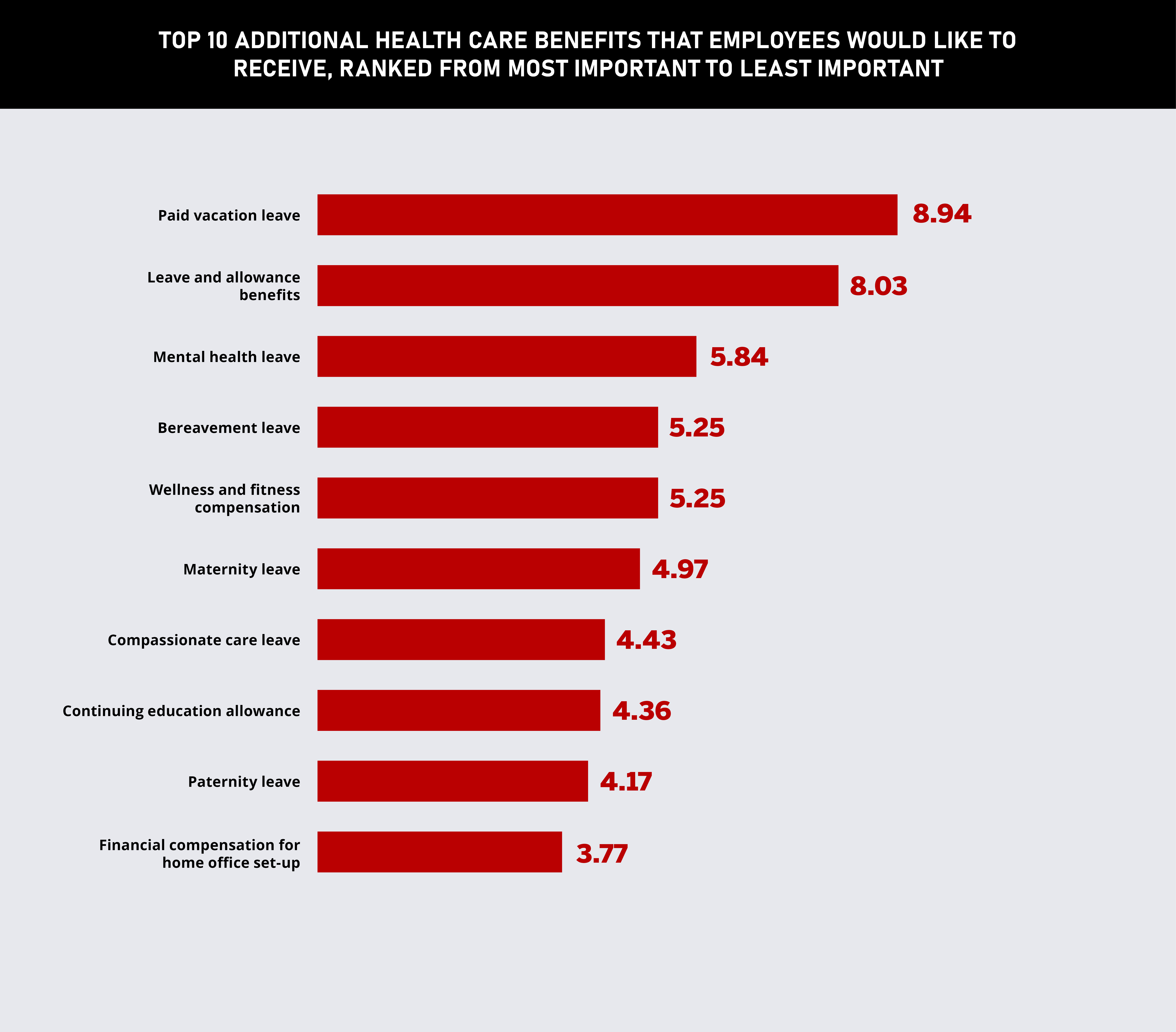

The entry process for HRD’s 2024 5-Star Benefit Programs comprised two steps: an employer submission followed by an employee survey. First, organizations had to complete an in-depth submission with questions considering three key factors: health care benefits, employee assistance programs, and leaves and allowances. Then, the organizations that successfully completed the submission phase were sent a link to an online employee survey to be circulated internally.
To be eligible for the 5-Star Benefit Programs, organizations had to meet a minimum number of responses based on company size: 10–100 employees = 10 responses, 101–500 employees = 20 responses, 501–999 employees = 50 responses, and 1,000+ employees = 75 responses.
The survey asked employees to rate their company across a range of metrics that constituted the drivers of employee satisfaction. An employer needed to achieve an overall satisfaction rating of at least 80 percent to be recognized as a 5-Star Benefit Programs winner.